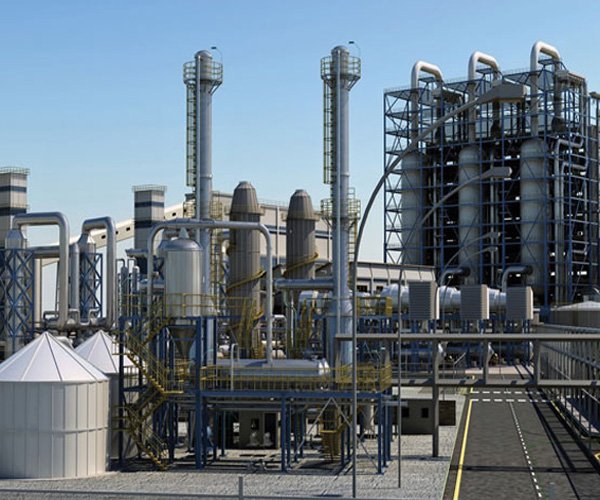What is Zero Liquid Discharge Plant
Zero Liquid Discharge Plant Manufacturer

What is Zero Liquid Discharge Plant?
Zero Liquid Discharge (ZLD) plants are advanced wastewater treatment systems designed to eliminate the discharge of liquid effluents from industrial processes, leaving behind minimal or zero liquid waste.
How does ZLD Plants works?
- Wastewater Collection:
Industrial wastewater, often containing various contaminants and impurities, is collected from different sources within a facility.
- Preliminary Treatment:
The collected wastewater undergoes preliminary treatment to remove larger solids, oil, and grease. This step helps protect downstream equipment and ensures the efficient operation of the ZLD process.
- Primary Separation:
The pretreated wastewater then enters the primary separation stage, where further solid particles are removed through sedimentation or filtration.
- Concentration:
In the heart of the ZLD process, the wastewater is subjected to various concentration techniques to remove water and concentrate the contaminants. Common methods include:
Evaporation: Wastewater is heated, and the water is evaporated, leaving behind concentrated brine.
Crystallization: The concentrated brine is further treated to crystallize dissolved salts and other solids.
Membrane Filtration: Membrane technologies like reverse osmosis or ultrafiltration are used to separate water from contaminants, producing concentrated brine.
- Solid Waste Separation:
The concentrated brine, which now contains the separated contaminants and dissolved solids, is processed to separate the solid waste from the liquid fraction.
The solids are typically collected for proper disposal, reuse, or recovery, depending on their composition and regulatory requirements.
- Water Recovery:
The purified water recovered from the concentration process is typically of high quality and can be reused within the industrial facility for various purposes, reducing the demand for freshwater resources.
Water recovery rates in ZLD systems can be exceptionally high, often exceeding 95% or more.
- Zero Liquid Discharge:
The ultimate goal of a ZLD plant is to achieve zero liquid discharge. This means that no liquid effluent is discharged into the environment. All water is either reused within the facility or converted into solid waste for responsible disposal.
- Environmental Monitoring:
ZLD plants may incorporate environmental monitoring systems to continuously assess the quality of treated water and ensure compliance with regulatory standards.
- Energy Considerations:
ZLD processes, particularly thermal-based ones like evaporation, can be energy-intensive due to the need for heating. To address this, some ZLD systems incorporate energy-efficient technologies and heat recovery mechanisms to reduce operational costs.
- Maintenance and Monitoring:
Regular maintenance and monitoring are crucial to ensure the ZLD plant operates efficiently. Parameters like water quality, system performance, and equipment condition are continuously assessed to make necessary adjustments.
In summary, ZLD plants work by concentrating and treating industrial wastewater to recover nearly all the water while minimizing or eliminating liquid effluent discharge. These systems are a critical component of sustainable industrial practices, reducing water consumption, environmental impact, and regulatory compliance risks.
Top Supplier of Zero liquid Discharge Plant
If you are seeking the best ZLD Plant Manufacturer in India, your search ends with Unistar Aquatech Private Limited. This distinguished company stands as a premier manufacturer and supplier of ZLD Plant in Delhi. With a steadfast commitment to excellence, innovation, and environmental responsibility, Unistar Aquatech has earned its reputation as a trusted leader in the field.
